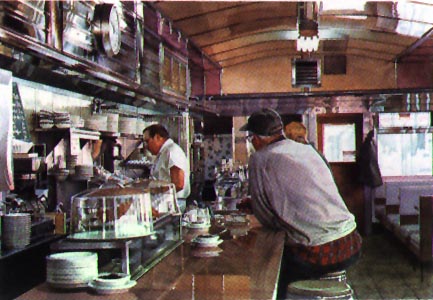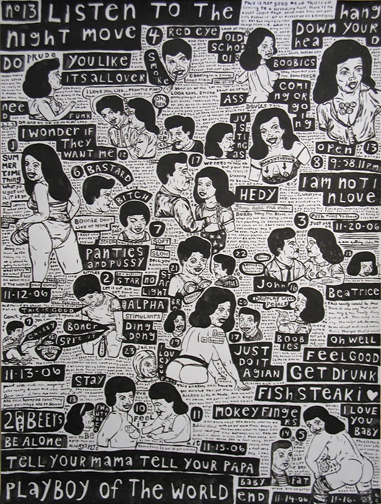Robert Gniewek
The gritty, cinematic realism that is generated by Detroit’s tumultuous history is captured on the canvases of painter Robert Gniewek (b.1951, Detroit, Michigan). A second-generation Photorealist, Gniewek prowls the urban terrain for locations that he photographs at various exposures from which he creates a harmonious composite. Then by hand, he spends many weeks, often months replicating the detailed photographic image meticulously to the canvas with nearly invisible brushstrokes. Praised for his mysterious and often eerie nighttime scenes, Gniewek finds character in each of his works.
Even before Louis K. Meisel dubbed Gniewek an artist to watch in Photorealism Since 1980 Gniewek was exploring the possibilities of realistic paintings made from his own photographs. His most significant contribution to the Photorealism genre is his radiant night scenes facilitated by his multiple exposures leading to the riveting compositions on view in this exhibition of recent work. Although the artist is often commissioned to travel to foreign locales such as Monte Carlo, Prague, Zurich and next year Cuba, he also explores places such as the uncharted terrain of central Mexico on his own in search of just the right setting.
In Ellwood Grill, the hazy glow reflected on the yellow cab, a scene that could have rolled straight out of Martin Scorcese’s 1976 film Taxi Driver, Gniewek maintains the eerie atmosphere of the desolate urban landscape. Unlike the omniscience of Edward Hopper’s Nighthawks (1942) the corner diner’s nocturnal occupants are indistinct as their presence is not significant. What is important is the sole figure outside the diner fighting against the fierce Detroit wind. The blur surrounding the moving figure is evidence of the slow exposure of Gniewek’s camera that generates the source image for the composition.
Robert Gniewek’s urban panoramas are forever captured by his cinematic realism, resulting in the documentation of the urban terrain. Gniewek’s paintings of remote environments are the “after” images of mid-20th Century Americana. These paintings are the archive of our era.
[By Marina Press & Frank Bernarducci, from the 2010 Exhibition Catalogue, Bernarducci.Meisel. Gallery]
WINIFRED GODFREY







































